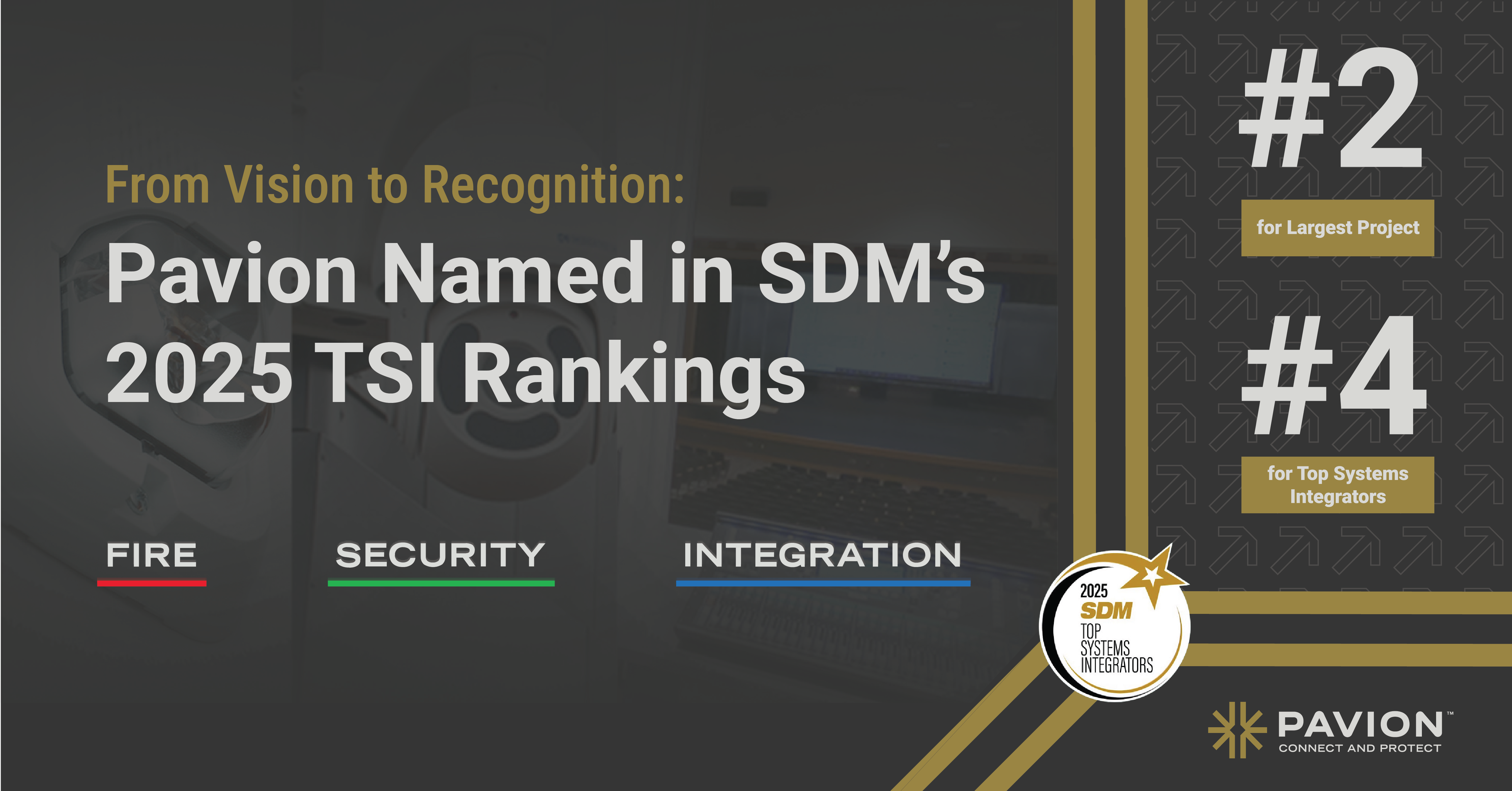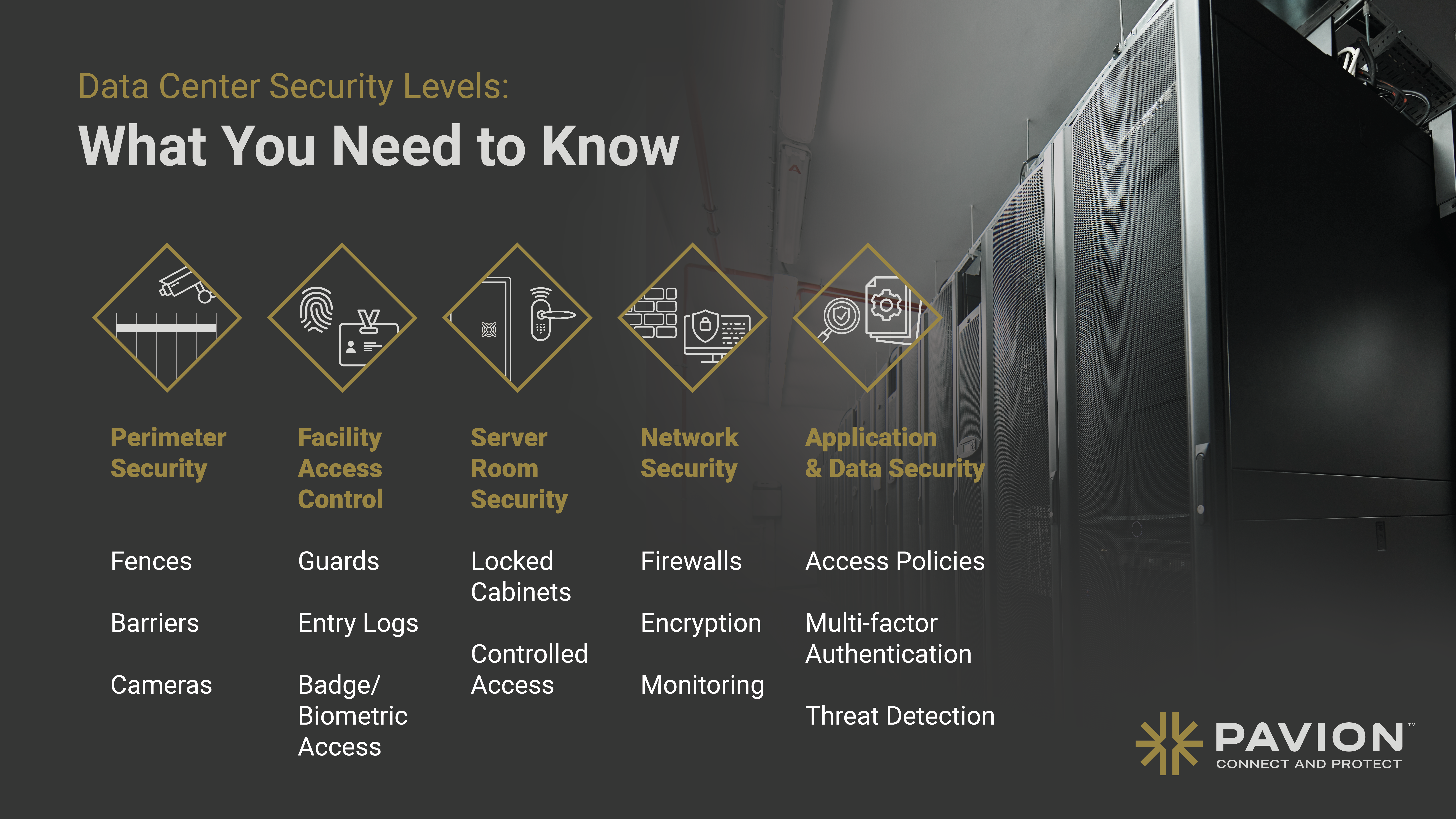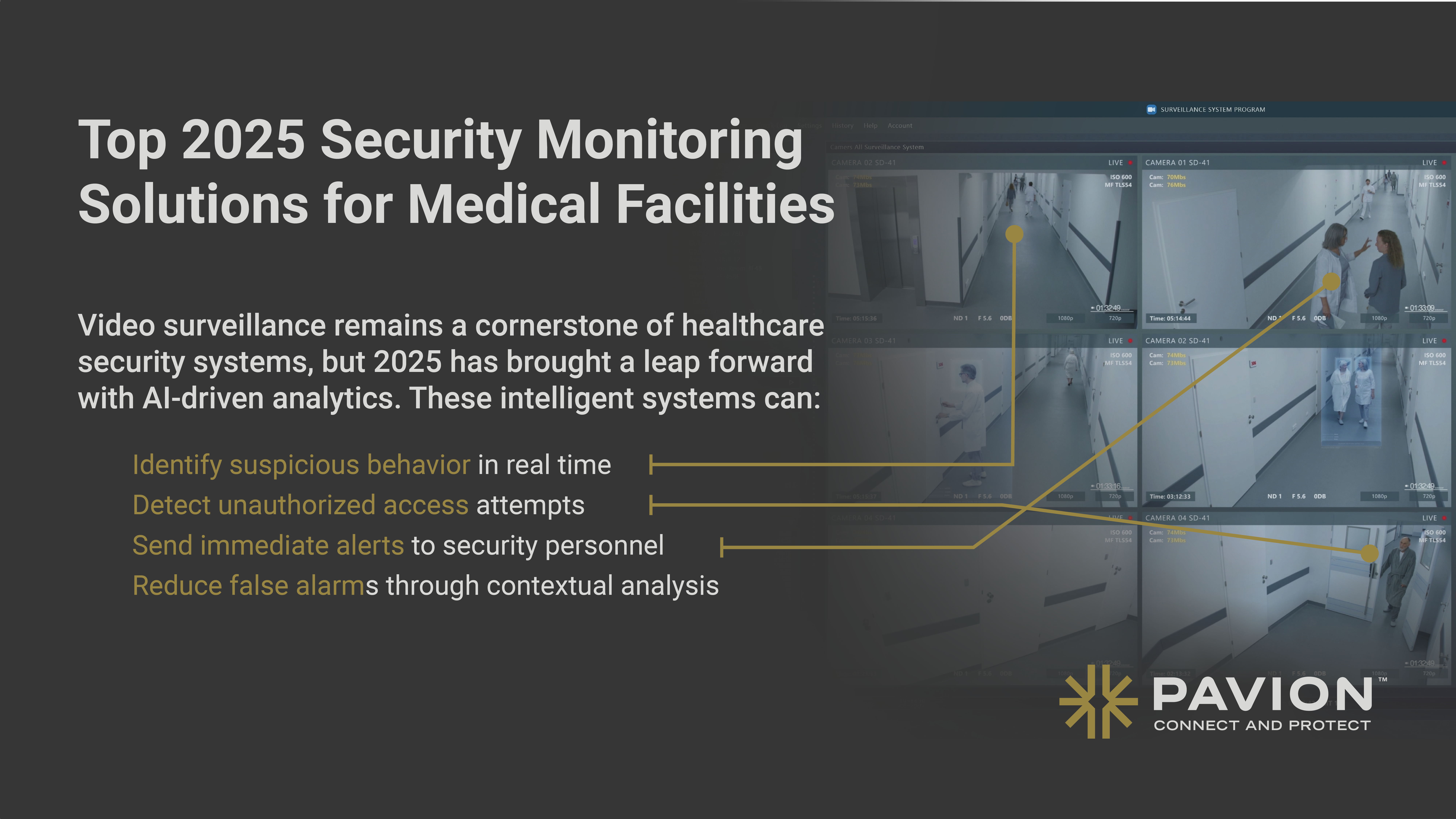
The Evolution of Conference Room Collaboration Systems
At Pavion, we specialize in exploring the latest trends and advancements in conference room collaboration systems. In today’s fast-paced business world, effective collaboration is essential for success. As technology continues to evolve, so too do the tools and systems that facilitate collaborative efforts. In this article, we will delve into the evolution of conference room collaboration systems, from their early days to the cutting-edge solutions of today and the future.
Understanding Conference Room Collaboration Systems
Definition and Importance of Collaboration Systems
Conference room collaboration systems refer to the hardware and software solutions used to enhance communication and collaboration within a meeting space. These systems are designed to streamline the sharing of ideas, information, and resources, facilitating more efficient and productive meetings. They play a crucial role in ensuring that teams can work together seamlessly, regardless of their physical location.
Imagine a scenario where a team of professionals from different parts of the world needs to collaborate on a project. Without a conference room collaboration system, this would be a daunting task. However, with the help of these systems, teams can connect and interact as if they were in the same room, breaking down geographical barriers and fostering collaboration.
Collaboration systems are not limited to just large corporations. Small businesses and startups can also benefit greatly from these systems. They allow for effective communication and collaboration, which in turn leads to better decision-making, increased productivity, and improved overall performance.
Key Components of Collaboration Systems
Conference room collaboration systems consist of several key components, each playing a vital role in supporting effective collaboration. These include:
- Audio and video equipment: High-quality cameras, microphones, and speakers enable clear and immersive communication.
- Display technology: Large, high-resolution displays facilitate the sharing of presentations, documents, and other visual content.
- Content-sharing platforms: These allow participants to share and collaborate on files, presentations, and other media in real-time.
- Control systems: User-friendly interfaces enable easy management of the various components and settings.
When it comes to audio and video equipment, conference room collaboration systems leave no room for compromise. High-definition cameras capture every detail, ensuring that participants can see each other clearly. Crystal-clear audio ensures that every word is heard, eliminating any potential miscommunication. With these top-notch audio and video capabilities, participants can engage in meaningful discussions and feel as if they are in the same room, even if they are miles apart.
Gone are the days of small, blurry projectors. Conference room collaboration systems now feature large, high-resolution displays that bring presentations and visual content to life. Whether it’s a complex graph, a detailed design, or a captivating video, these displays ensure that every participant can clearly see and understand the shared content. This enhances engagement and promotes a more interactive and dynamic meeting environment.
Collaboration is all about sharing and working together. Content-sharing platforms integrated into conference room collaboration systems enable participants to seamlessly share files, presentations, and other media in real-time. This means that everyone can contribute, provide feedback, and make edits simultaneously, fostering a truly collaborative environment. With these platforms, the days of emailing files back and forth or struggling with version control are long gone.
Managing a conference room collaboration system should be a breeze, and that’s where control systems come into play. These systems provide user-friendly interfaces that allow participants to easily manage the various components and settings. From adjusting audio levels to switching between different content sources, control systems make it simple for anyone to take control and ensure a smooth and seamless meeting experience.
By combining these key components, conference room collaboration systems create an immersive and efficient meeting environment. They empower teams to collaborate effectively, share ideas effortlessly, and make decisions efficiently. With the right collaboration system in place, organizations can unlock the full potential of their teams and achieve greater success.
The Early Days of Conference Room Collaboration
The Initial Need for Collaboration Systems
In the early days, conference room collaboration was limited by the available technology. Meetings often involved physical documents and manual note-taking, leading to inefficiencies and missed opportunities. The need for a more streamlined and efficient solution soon became evident as businesses sought ways to improve productivity and collaboration among their teams.
As companies grew and expanded, the challenges of effective collaboration became more pronounced. Teams were spread across different locations, making it difficult to coordinate and share information. The traditional methods of communication, such as phone calls and emails, were no longer sufficient to meet the demands of a fast-paced business environment.
Recognizing the need for a more efficient way to collaborate, companies started exploring the potential of technology. They began experimenting with various tools and platforms that could facilitate real-time communication and document sharing. These early attempts laid the foundation for what would eventually become the conference room collaboration systems we know today.
The First Generation of Collaboration Tools
The first generation of collaboration tools focused on digitizing the manual processes. Whiteboards and flip charts were replaced by electronic whiteboards and projectors, allowing participants to display and annotate information digitally. This marked a significant shift towards more interactive and dynamic meetings, laying the foundation for future advancements.
With the introduction of electronic whiteboards, participants could now write, draw, and erase information with ease. This not only made meetings more efficient but also encouraged active participation and engagement. Ideas could be visually represented, making it easier for everyone to understand and contribute.
Furthermore, projectors enabled the sharing of digital content, such as presentations and documents, on a larger scale. This eliminated the need for physical handouts and allowed for real-time updates and edits. Participants could now collaborate seamlessly, making changes and additions to the shared content as the meeting progressed.
As the first generation of collaboration tools gained popularity, businesses started to realize the immense potential they held. The ability to collaborate in real-time, regardless of physical location, opened up new possibilities for remote teams and global organizations. The limitations of time zones and geographical boundaries were no longer a hindrance to effective collaboration.
However, as with any emerging technology, there were still challenges to overcome. Connectivity issues, compatibility problems, and the learning curve associated with new tools posed obstacles for widespread adoption. Despite these challenges, the first generation of collaboration tools paved the way for further innovation and improvement in conference room collaboration.
The Rise of Digital Collaboration Systems
The rise of digital collaboration systems has transformed the way conference room meetings are conducted. This shift from analog to digital systems has brought about significant changes in terms of functionality, flexibility, and integration capabilities.
Transition from Analog to Digital Systems
In the past, conference room collaboration systems relied on analog technology, which had its limitations. These systems required physical connections and often lacked the advanced features that are now available with digital solutions.
However, with the advent of digital technology, conference room collaboration systems underwent a major transformation. Digital displays replaced traditional projectors, offering higher resolution and better image quality. This upgrade not only enhanced the visual experience but also made it easier for participants to view and interact with content.
Another significant change brought about by digital systems is the introduction of wireless connectivity. This feature allows seamless content sharing from multiple devices, eliminating the need for cumbersome cables and adapters. Participants can now effortlessly display their presentations, documents, or videos on the conference room display, enhancing collaboration and productivity.
The Impact of Internet Connectivity
While the transition to digital systems brought about significant improvements, the impact of internet connectivity took collaboration to a whole new level.
The proliferation of high-speed internet connectivity has revolutionized conference room collaboration. With the emergence of cloud-based platforms, participants can now access and share files from anywhere with an internet connection. This means that team members can collaborate in real-time, even if they are located in different parts of the world.
Real-time collaboration has become effortless, fostering greater engagement and productivity among team members. With the ability to co-edit documents, make annotations, and provide feedback in real-time, decision-making processes have become more efficient and streamlined.
Furthermore, the availability of high-speed internet has also enabled the integration of video conferencing capabilities into conference room collaboration systems. Participants can now join meetings remotely, eliminating the need for travel and allowing for more inclusive and diverse discussions.
In conclusion, the rise of digital collaboration systems has revolutionized conference room meetings. The transition from analog to digital systems, coupled with the impact of internet connectivity, has enhanced functionality, flexibility, and integration capabilities. With these advancements, conference room collaboration has become more efficient, engaging, and productive.
Modern Conference Room Collaboration Systems
The Advent of Cloud-Based Systems
Cloud-based conference room collaboration systems continue to be at the forefront of modern workplaces. These systems offer unparalleled flexibility and scalability, enabling teams to collaborate effectively, whether they are in the same physical space or spread across different locations. Cloud-based solutions also provide automatic software updates, ensuring that organizations have access to the latest features and security enhancements.
Integration of AI and Machine Learning
Artificial Intelligence (AI) and Machine Learning (ML) are transforming conference room collaboration systems. These technologies enhance the user experience by automating routine tasks, such as transcribing meeting notes or generating meeting summaries. AI-powered virtual assistants can also facilitate natural language communication and intelligent search capabilities, making it easier for participants to find and retrieve information during meetings.
Future Trends in Collaboration Systems
The Role of Virtual Reality and Augmented Reality
Virtual Reality (VR) and Augmented Reality (AR) are poised to play a significant role in the future of conference room collaboration. VR enables immersive and interactive virtual meetings, bringing together remote participants in a shared virtual environment. AR, on the other hand, overlays digital content onto the real world, enabling participants to interact with virtual objects and data during meetings, enhancing visualization and collaboration.
The Potential of 5G and IoT in Collaboration Systems
The deployment of 5G networks and the proliferation of Internet of Things (IoT) devices are set to revolutionize conference room collaboration. With lightning-fast connectivity and low latency, 5G will unlock new possibilities for real-time communication, enabling seamless video conferencing and content sharing. IoT devices, such as smart whiteboards and sensors, will enhance collaboration by capturing and analyzing data, providing valuable insights for decision-making.
In conclusion, conference room collaboration systems have come a long way since their inception. From the early days of basic collaboration tools to the advanced cloud-based and AI-powered solutions of today, these systems continue to evolve to meet the ever-changing needs of businesses. As a leader in the field, Pavion is committed to staying at the forefront of conference room collaboration technology, helping organizations unlock the full potential of their teams and achieve unprecedented levels of productivity and success.
Transform Your Collaboration Experience with Pavion
As the landscape of business communication continues to evolve, ensuring your organization is equipped with the most advanced collaboration systems is crucial. Pavion is dedicated to enhancing your team’s connectivity and productivity through state-of-the-art technology solutions. Don’t let outdated systems hold you back. Get a Free System Assessment today and take the first step towards a transformed collaborative environment that connects and protects your enterprise.


